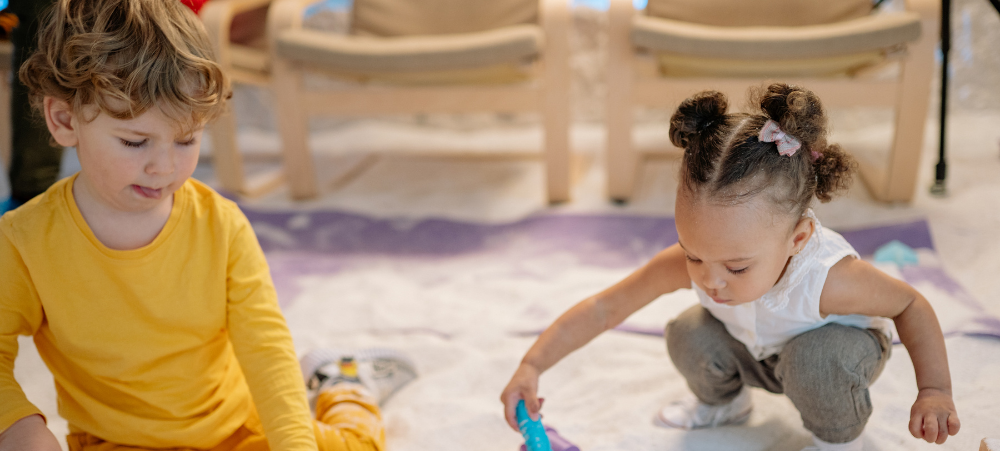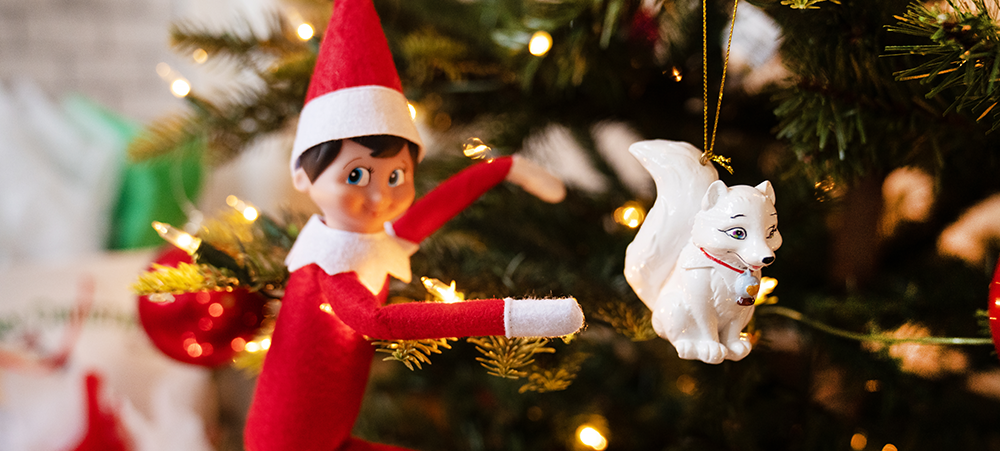Play is the occupation of children – a child’s work. A baby’s main tasks in the first three years are to master the world through movement, to develop a great self esteem, to learn language and other cognitive skills and to feel mastery and a sense of accomplishment. To achieve these goals a baby works very hard and he does this work through play.
Play can entail toys and books or may simply involve interactions with others. You are your baby’s favourite toy and you will quickly notice that you get more squeals of delight and joy when you are playing with your baby than when he is left to play with a toy alone. When your baby experiences enjoyment, his neurons fire in a way that stimulates way more brain development and growth.
So before you rush out and buy expensive toys bear in mind that you are really all your baby needs. Having said that, if you are looking for ideas to keep your baby playing happily that also have purposeful value, this list will help you choose toys that work well for each age and stage.
Birth to three months
- Controlling eyes and visual focus – To develop visual skills, it is worth making or buying a black, white and red mobile, to hang over the change mat.
- Learn about body schema – Touch is the best way for babies to learn about their body. A great play activity for this age is baby massage.
- Identify where sounds come from and what they are – Rattles and simple toys with a noise are lovely tools for this age. Encourage your baby to identify where the sound comes from.
- Controlling hands and arms – Objects that have a handle that is small enough to be grasped can be given to your baby to encourage voluntary grip, which emerges towards the end of this stage.
- Develop back muscles – Tummy time is vital but some babies resist the position. Aside from regular exposure to tummy time, you can invest in a play mat that has lovely tactile and visual attachments so your baby is playing and engaged while strengthening his back muscles.
Three to six months
- Rolling and moving – While your baby is on his play mat, set up a mobile near his feet or buy a ‘kick and play’ activity center. Kicking while lying on his back helps your baby to develop strong tummy muscles for rolling and crawling.
- Reach, grabbing and releasing – This is the stage when your baby starts to use hands intentionally – a play gym that your little one can lie under to reach for interesting items is a great way to stimulate eye-hand coordination.
- Sitting balance – Aside from propping your baby amongst cushions, a fun game to develop sitting muscles whilst eliciting squeals of delight is to get an empty box that your baby can fit in and pull him around on a tiled floor, while he tries to balance supported on all sides by the box.
- Clapping – Put your baby on your lap and play ‘Pat-a-cake’ – not only will this fun activity enhance sitting balance but it will also prepare your little one for the task of clapping.
- Movement stimulation – The sense of moving through the air is not only loads of fun, but is vital for stimulating the sense of movement and muscle tone. Play airplanes – whizzing him through the air. Always play within his comfort levels and go slowly at first.
Six to 12 months
- Engaging the desire to move – From the sitting position, its time to start inspiring your little one to move into the crawling position. Place fun, bright toys just out of his reach to encourage him to move.
- Manipulating toys – Small toys such as blocks and balls that can be grasped in one hand are great for this stage. They will eventually be transferred between hands, which develops bilateral hand use. Sit with your little one and give him a block in one hand – then give him a block in the other hand. Then offer a third one so that he has to decide which one to let go of.
- Develop object permanence – Games that involve hiding objects will be great fun at this stage. Take a favourite toy or his dummy and hide it under a cloth (while he watches) then ask your little one where it is gone. During this stage he will learn where to look and slowly develop object permanence (the awareness that an object still exists when you can’t see it).
- Language burst – During this stage, your baby’s understanding of language will blossom – he will soon understand much of what you say. Play games using words, such as “Where is the bird?” Then point to a bird. This game teaches non-verbal communication such as pointing as well as the label of an item (bird).
One to two years
- Repetition makes sense of the world – Your toddler will love interactive play with you and will want to repeat games, actions and activities over and over. While this can seem boring or pointless to you, it is the way your baby learns from the world. Watch how subtly he changes the game each time you play it – he is experimenting with his world.
- Learning games – Your toddler is ready to be challenged cognitively. Puzzles are a brilliant game for this age. Start with 4-piece puzzles and work your way up to more complicated puzzles. Your baby will learn shapes, colours and spatial form through puzzle play.
- Chase games – Toddlers love to be chased. Games that involve finding and pursuing each other are excellent for motor skills such as running and balance. Anticipation develops cognitive skills and anticipation.
- Obstacle courses – Build an obstacle course inside or outside, using boxes, cushions and furniture. Clambering over the course will develop not only coordination but spatial awareness too.
- Finger painting – Fine motor skills develop in earnest at this time. Give your toddler opportunity to engage with paint, crayons and chalk. Spread out a large piece of white paper or use a patch of concrete outdoors to encourage toddler graffiti. Not only does this develop fine motor skills but tactile awareness too.
Two to three years
- Make believe – In the third year of life, your toddler will start testing his understanding of roles, interactions and life through pretend play. Create a box filled with pretend play items such as dolls, feeding bottles, spoons, cars, hats of various sorts, bags, old phones, glasses etc. Play with your toddler as he goes into different roles. Try to have two of each object so you can follow his play and be part of his game. For example when he picks up a toy phone, you do too and talk to him through the phone.
- Social play – Now your toddler is ready for cooperative social play with a friend. Set up play dates where your little one can engage with another toddler and play games together.
- Building forts – Building and construction are a wonderful way to develop spatial awareness and planning. Provide your toddler with sheets and pillows, to create make-believe forts and tents.
- Ball skills – Your toddler will love games of catch, kick and throw. These games provide the basis for gross motor and eye-hand skills used in ball sports.
Most of all have fun with your little one. Play, laugh and engage – whatever the game, it will enhance your baby’s learning and development.
- Sensory Defensiveness - March 13, 2024
- CHOOSING A PLAY SCHOOL - October 30, 2023
- GETTING THE STIMULATION BALANCE RIGHT WITH YOUR BABY - August 23, 2023





